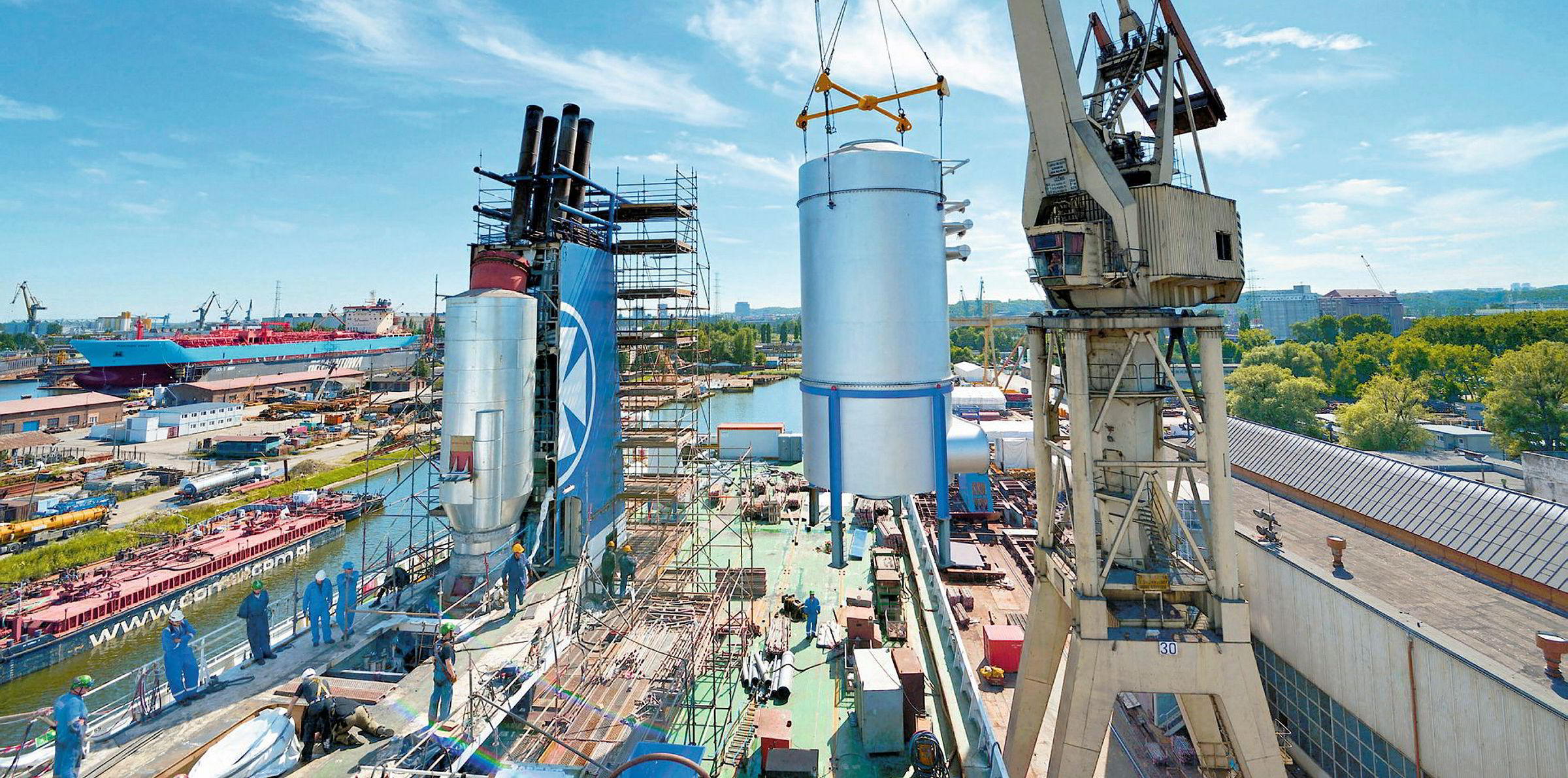Big Oil has been making moves to corner the IMO-compliant fuel market post-2020. While this could limit the number of supply sources, a fledgling market dominated by established players might not be the worst thing for vessel operators as consumers.
As the deadline for the IMO’s lower sulphur limits in global bunker fuels approaches, ExxonMobil and other majors have obtained patents for their low-sulphur fuel oil (LSFO) products.
Meanwhile, national oil companies such as Sinopec and Abu Dhabi National Oil Co have announced that they are increasing 0.5%-sulphur fuel supply to meet the IMO regulatory requirement from 2020.
Those initiatives are a far cry from the dim view that oil majors took of the bunker industry in the aftermath of OW Bunker’s demise in 2014.
At that time, the fears were more about the majors’ intention to reduce exposure to this low-margin market — which would have created supply issues — rather than aggressive advances.
How times have changed.
What about the smaller players?
Several industry officials have pointed out a market oligopoly is probably being formed, as smaller bunker blenders will be deterred from competing against the big players.
Some patents held by majors have broad claims that might not be enforceable in infringement lawsuits. However, obtaining patents is often not about actually winning court cases; what matters is they can scare potential competitors away.
Of course, energy majors are refocusing on the marine fuel market out of self-interest. They will have to find outlets for their high-sulphur fuel oil (HSFO), and will need more control over the transition to low-sulphur fuels as they upgrade their facilities to provide IMO 2020-compliant products.
Vessel operators could benefit in terms of fuel compatibility, which many would prioritise over pricing in the developing IMO-compliant fuel markets
It would not be difficult for the largest international and national oil companies to take control of this market. Industry estimates put the long-term LSFO demand at 1.5 million to two million barrels per day, a small proportion of their total production.
This development could make bunker fuel more expensive than it otherwise would be in a more competitive market. However, it could benefit vessel operators in terms of fuel compatibility, which many prioritise over pricing in the developing IMO-compliant fuel markets.
Although HSFO is a long-established marine fuel product, vessels will have to test the new LSFO in their engines while reconfiguring their bunkering programmes. Operational safety has been a big concern.
Even if ISO 8217 continues to be the quality parameter for post-2020 compliant fuels, different batches of fuel blends may be incompatible, as blend formulations vary widely.
However, if the patent holders emerge as the dominant blending component suppliers, such problems could be mitigated. There will be limited types of bunker blends — and when fuel quality issues arise, it tends to be easier to hold the majors accountable than small suppliers because of the scrutiny they are under.
Still, there could be legal risks for shipowners in consuming and carrying non-patented LSFO. For the bunker market’s healthy development, industry bodies including Bimco and the International Bunker Industry Association should find ways to reduce such exposure.
If these issues can be resolved in time, ship operators might be consuming more reliable, albeit more expensive fuel from next year. And that would not be a bad trade-off for many.





